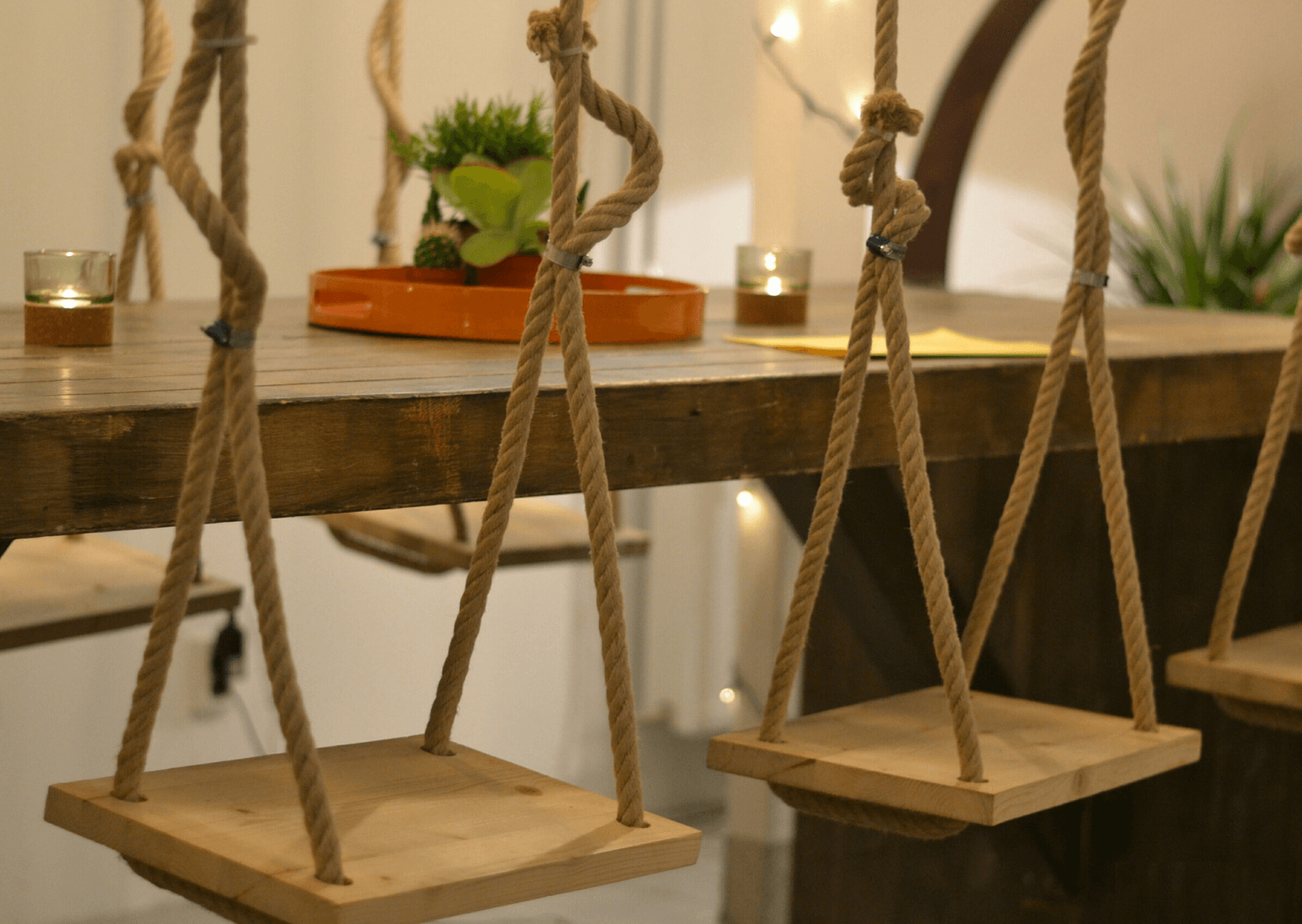
4 Restaurant Design Tips You Need to Remember
Restaurant interior design is an essential part of marketing strategy. Attractive restaurant interiors can convince potential guests to stay, impose the way they perceive the brand, determine the level of service quality and provide an unforgettable experience. Every little detail must be consistent with the concept and history behind the project. Architecture, design, lighting, furniture, colour, scent, sound, acoustics, ventilation and temperature are the primary aspects that have a significant impact on customer psychology and satisfaction.
Restaurant design
Creating a restaurant design requires knowledge of seating areas, customer preferences and optimal use of space. The restaurant’s floor plan must have a space for each person sitting. The ideal area for an elegant restaurant is 20 square feet per seat. For fast-food restaurants, 10 square feet is considered sufficient. Many interior design consultants recommend that 60% of the space should be the dining room, and the remaining 40% should be a kitchen, warehouse, freezers, etc.
Lighting
Lighting is crucial for the interior design of the restaurant and affects human behaviour in fascinating ways. There are three types of lighting – ambient, task and accent. Ambient lighting provides guests’ comfort, accent lighting attract their attention, and task lighting illuminates staff spaces. Ambient lighting mixes reflections from various surfaces to create a pleasant light. Avoid using bright downlights above the tables that cast shadows on the faces of guests. Remember to adjust the lights to suit the time of day, dimming them as the night progresses. Elegant restaurants usually use low ambient lighting to create a relaxing mood, aura and encourage guests to stay. Fast-food restaurants must be well lit for customers to come, eat and leave quickly. Bright lights cause such reactions, so customers don’t need to stop for longer.
Comfortable furniture
The type of furniture used affects the client’s psychology and experience. Many restaurants ignore the need to equip the premises with comfortable furniture that translates into guests who stay longer and spend more. Swings and hammocks cause the same effect and encourage customers to relax and stay. Fast food establishments profit from fast turnover rates, so their hard seats encourage customers to eat and leave quickly. When it comes to furniture placement rules, there should be enough space between the tables to walk without bumping into other guests. Customers often prefer to sit in smaller sections or larger areas divided into smaller spaces. Round tables emphasize the interior appearance but do not provide flexibility in receiving larger groups of guests.
Colour
Colour plays a huge role in the perception of space. Bright colours make the small space larger. Dark and warm tones effectively make it smaller. Combination of bold colours and bright lighting will help you achieve a high turnover in fast food restaurant types. Black and gold present a strong image of the place. Bronze emphasizes nature and comfort. White makes food less appetizing. Red and orange stimulate the appetite, and grey suppresses it. Green makes customers thirsty. Yellow, associated with warmth and well-being is the best choice for breakfast restaurants. Blue recommended only in smart combinations.
